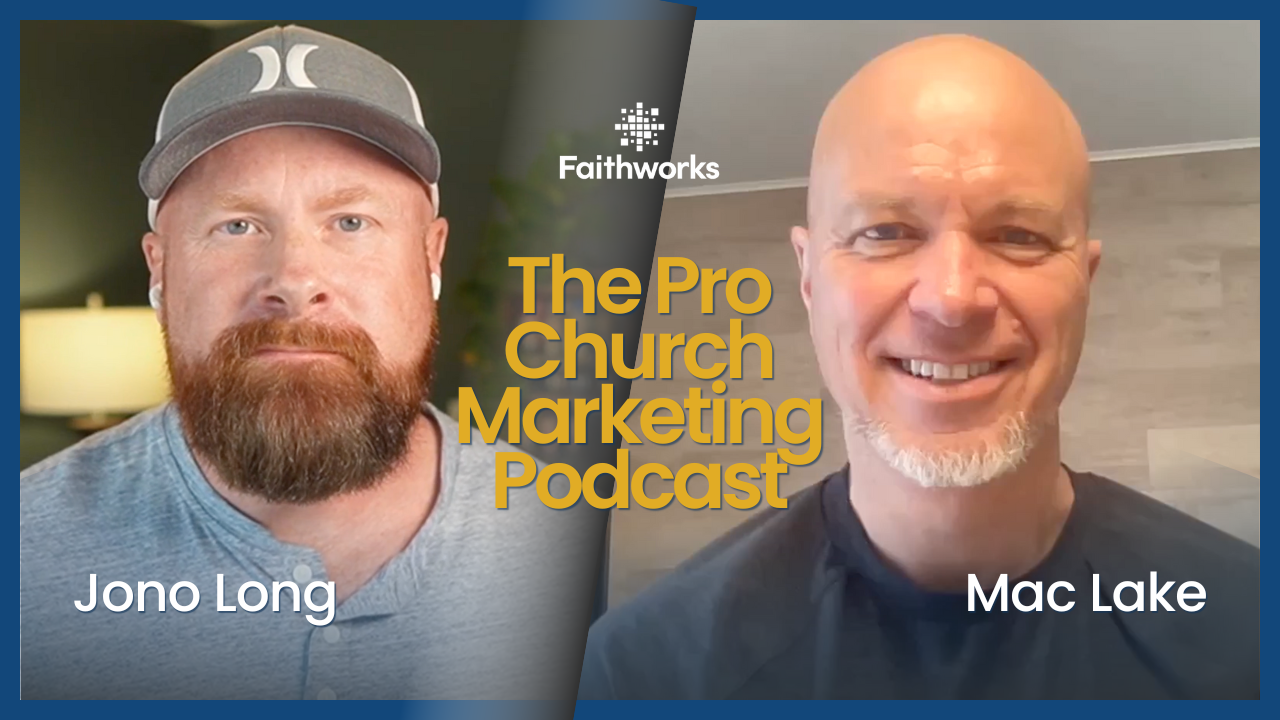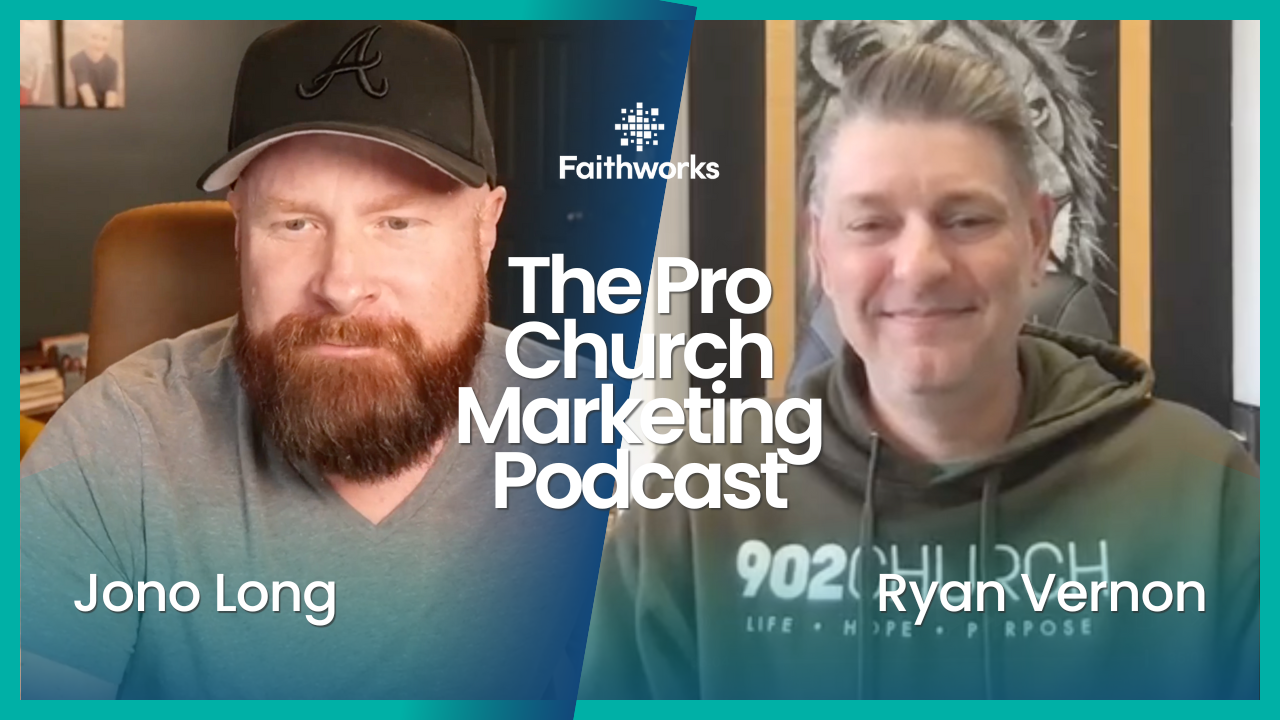Designing an Effective Donation Page: Tips and Best Practices for Non-Profits and Churches
Fundraising is a crucial aspect of sustaining the mission and programs of non-profit organizations and churches. In the digital age, having an effective, user-friendly, and engaging donation page on your website is paramount for encouraging supporters to contribute to your cause. Faithworks Marketing in Monroe, GA, is dedicated to helping non-profits and churches transform their online presence into a reliable platform for raising funds, connecting with their community, and sharing their mission.
In this blog content strategy, we will delve into tips and best practices for designing an effective donation page for your non-profit or church website, focusing on intent-driven topics such as optimizing the user experience, establishing trust, and maximizing the donation process's efficiency. Our goal is to provide your organization with valuable insights and practical recommendations to help you create a highly effective donation page, ensuring a seamless experience for users looking to support your mission.
With a comprehensive understanding of essential aspects of donation page design, your organization can enhance its fundraising potential and foster stronger relationships with your online supporters. As a trusted partner for non-profit and church websites,
Faithworks Marketing is committed to empowering your organization with the tools and knowledge necessary to design and manage an impactful online donation platform, ultimately elevating your digital presence to serve your community better.
Let's explore how you can create an effective donation page that encourages generosity among your audience and simplifies the process for donors, enabling your organization to receive vital financial support and carry out its mission.
1. Optimizing the User Experience
Creating a positive user experience for your online donors fosters trust and encourages individuals to contribute to your cause. Consider the following best practices to optimize your donation page's user experience:
- Easy navigation: Ensure your donation page is easily accessible from your website's main menu, using clear and concise labels like "Donate" or "Support Us."
- Streamlined design: Aim for a clean, visually appealing design with minimal distractions, keeping the focus on your donation form and the impact that contributions will have on your organization.
- Mobile-responsive: Make sure your donation page is responsive and displays correctly on all devices, as many donors access websites via smartphones or tablets.
By prioritizing user experience, your organization can create a smooth and enjoyable donation process that encourages supporters to give generously and contribute to your mission.
2. Establishing Trust and Transparency
Building trust and transparency with your online donors is essential for maintaining long-lasting relationships and increasing the likelihood of future donations. To achieve this, incorporate the following elements into your donation page:
- Clear and compelling messaging: Clearly outline each donation's impact on your mission, using tangible examples or case studies where possible.
- Security measures: Assure donors that their personal and financial information is secure by using a reliable donation processing platform and displaying security badges or logos.
- Privacy policy: Provide a link to your privacy policy, explaining how you will protect and use donors' personal information.
- Testimonials: Include testimonials from previous donors or beneficiaries to demonstrate your organization's credibility and positive impact.
By implementing these strategies, you can reinforce your organization's trustworthiness and encourage potential donors to support your mission confidently.
3. Maximizing the Efficiency of the Donation Process
Streamlining the donation process is crucial to create a positive experience for your supporters and increase the likelihood of completed donations. Keep the following factors in mind when designing your donation page:
- Simplify the form: Keep your donation form concise, asking only for essential information such as the donor's name, email address, and payment details.
- Offer suggested donation amounts: Provide pre-selected donation options to make the decision easier for your donors while giving them the option to customize their contribution as desired.
- Enable recurring donations: Offer donors the option to sign up for monthly or quarterly donations, promoting sustained support for your organization over time.
- Acknowledge donations promptly: Provide a confirmation message or email thanking donors for their contribution and outlining the impact their gift will have on your organization.
Adopting these best practices will help ensure a frictionless donation process, maximizing the likelihood of generous contributions from your online audience.
4. Utilizing Powerful Visuals and Storytelling
Incorporating compelling visuals and storytelling into your donation page can help establish an emotional connection with your donors, making them more likely to contribute to your cause. Keep these tips in mind when designing your donation page:
- Use impactful images: Select high-quality photos that showcase your organization's work, beneficiaries, or volunteers. These images can evoke emotion and create a personal connection with your audience.
- Share your story: Craft a compelling narrative demonstrating how your organization's work has positively impacted communities or individuals, further reinforcing the importance of donations in fulfilling your mission.
- Utilize video content: Embed videos on your donation page to demonstrate your organization's impact and highlight success stories visually.
Incorporating engaging visual elements can ensure your donation page captures the attention and compassion of potential donors, encouraging them to support your mission.
Conclusion
Designing an effective donation page for your non-profit or church website is integral to your online fundraising efforts. By optimizing the user experience, establishing trust and transparency, maximizing the efficiency of the donation process, and utilizing powerful visuals and storytelling, you can create a compelling and user-friendly platform that attracts and retains donors.
Faithworks Marketing in Monroe, GA, is your trusted partner in crafting
custom websites tailored to the unique needs of non-profits and churches, offering innovative solutions that enable your organization to reach its full potential in the digital realm. Together, we can design an effective donation page for your website, ensuring that your organization receives the support it needs to continue serving your community and making a lasting impact.
Latest Posts












